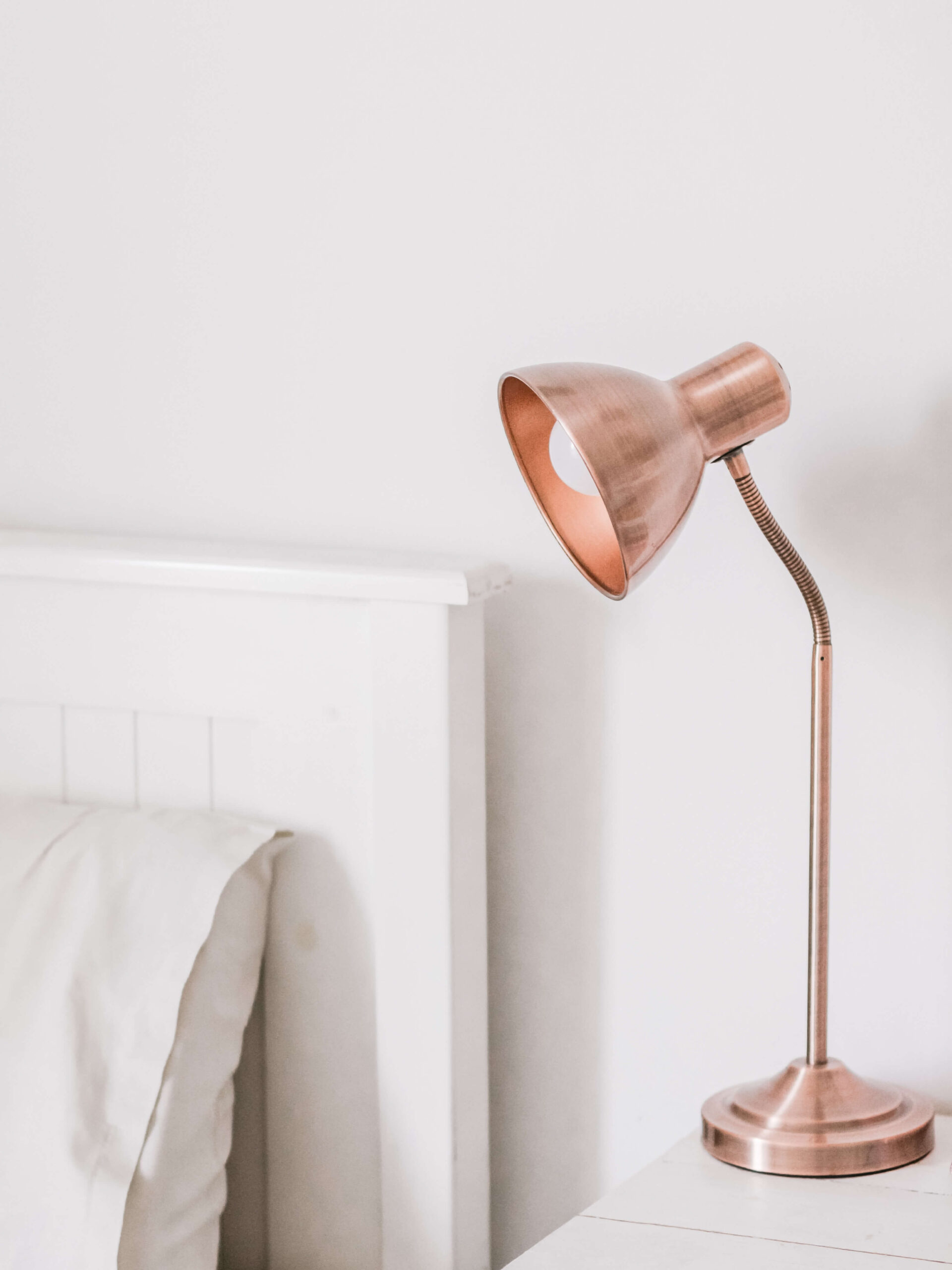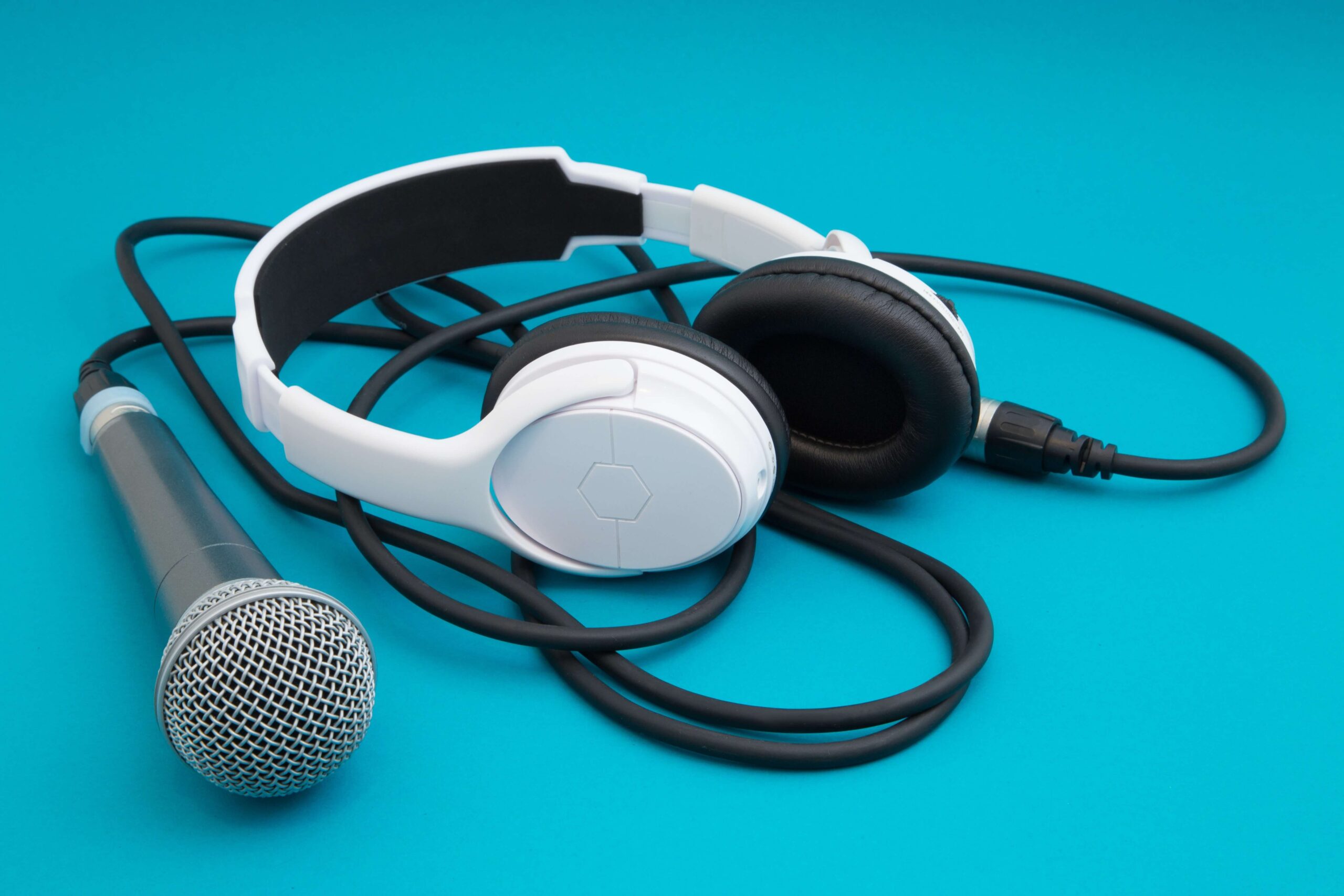So, you’re thinking of buying a smart ring. Well, some good news. Picking the best of the lot is incredibly easy right now. The “bad” news is that, as far as trustworthiness and reliability, your choices are somewhat limited, as this is still a niche and emerging gadget category.
Smart rings are in the middle of a resurgence. That means a lot of experimental ideas and newcomer tech brands you’ve probably never heard of. Enough competitors have cropped up that I spent the better part of last summer rocking six rings like a high-tech mafia don. While these aren’t necessarily bad products (some are pretty good), many aren’t as polished as what you’d see in more mature categories like smartwatches, headphones, and smartphones.
Speaking of which, there are a few things to know about the category. Currently, these devices are primarily health trackers. Their benefit is they’re more discreet and are better suited to sleep tracking than a smartwatch. However, the vast majority don’t include smart alarms or push notifications. This makes them best suited to casual athletes or more wellness-minded people. Hardcore athletes would be better served in most cases by a smartwatch or fitness tracker, with a smart ring as a supplementary source of data. (But that’s quite an expensive endeavor.) Smart rings are also ill-suited for weightlifters, as they can easily scratch against equipment.
With that in mind, here’s the best smart ring for most people in 2025 — and a handful of runners-up worth highlighting for the more tech-adventurous.
What I’m looking for
Smart rings are meant to be a stylish and discreet alternative to traditional fitness trackers. That requires a combination of experiential testing and benchmarks. We wear them daily for weeks to see how well they accommodate bloated fingers and temperature changes. We don’t take them off in the shower or to wash dishes to test waterproofing. And we compare them to a smartwatch, the Oura Ring, and a smart bed to gauge sleep and health tracking accuracy. Other factors we consider are size ranges, sizing kits, app design, syncing times, and, of course, battery life.
Your fingers will bloat. How accommodating is the design? What’s the size range offered? (Some of us have tiny fingers!) How easy is it to return?
Many people want a smart ring to double as a piece of jewelry. Is it comfortable to wear 24 / 7? Is the design versatile for all sorts of events? Will you get compliments for wearing it?
Does the finish scuff? Will you see visible scratches if you wear other rings alongside it?
Rings are easy to lose. Does it have a charging case or does it use a charging dock that a cat can easily knock off your nightstand? Sleep tracking is one of the most popular use cases for a smart ring, and for that you need good battery life. How much do you get on a single charge?
Many smart ring companies are newcomers. The hardware can be nice, but it means nothing if the app is a nightmare. How easy is the ring to update and sync? Does it sync with larger platforms like Apple Health or Google Health Connect?
Best smart ring for most people
Surprising no one, it’s the Oura Ring 4.
I can already hear some of you shouting, “But what about the subscription!” And I agree. Even Oura’s relatively affordable $6 monthly fee can feel more like $100 when you consider the sheer number of apps, gadgets, and services asking for a chunk of your monthly paycheck. However, Oura is still the best in terms of hardware, size range, features offered, app, dedication to research, and experience in the field. Many of the smart rings available today follow the example Oura set this past decade.
The upgrades from the Oura Ring Gen 3 to the Oura Ring 4 were mostly software-based, with minor hardware refinements. You can read more in my review, but the gist is a more accurate heart rate and blood oxygen algorithm, improved automatic activity detection, and an expanded range that spans size 4 to 15. The app has been redesigned to be less cluttered, and in the last few weeks, Oura also officially launched an AI chatbot. (Of the AI chatbots in health trackers I’ve tested, this one is among the more polished implementations — though it often feels like Captain Obvious-level insights.)
I’ve been long-term testing three iterations of the Oura Ring since 2018. Accuracy, design, and comfort have improved with each generation. The company continues to frequently and clearly communicate research and scientific developments. Third-party retail options have expanded, and I’ve seen investment pour into Oura. In an emerging category, these things matter. A lot. While I believe some of Oura’s newer competitors do some things better or have more creative ideas, Oura is the one I continually recommend for its combination of reliability, accuracy, and experience.
If subscriptions are an absolute dealbreaker, you’ll find zero protest here. In that case, here are the best alternatives to the Oura Ring.
The $400 Samsung Galaxy Ring nails the hardware. Its charging case is more elegant than the Oura Ring’s, and I prefer the slightly concave design for comfort. It also has the second widest size range. If you’re already all-in on a Samsung Galaxy Watch 7 or Ultra, you get the added benefit of extended battery life. If you have the latest Galaxy Z Flip 6 or Z Fold 6, Samsung also has gesture controls for the ring so you can control the camera. There are a lot of interesting ecosystem-centric ideas that Samsung has for its Galaxy Ring, but while there’s no subscription, it’ll cost you a pretty penny to unlock the ring’s full potential. Without discounts, we’re talking about $1,800 to nearly $3,000 for the phone, watch, and ring. The Galaxy Ring is also a first-gen device with some first-gen quirks. Samsung is still catching up with sleep tracking accuracy, and its Galaxy AI-powered health features are rather hit or miss.
I’m also keen on the $350 Ultrahuman Ring Air. It gave the Oura Ring an honest run for its money when I tested six smart rings at once last year. It’s not quite as good with accuracy, but it’s on par with comfort and design. The app has much more of a fitness focus than wellness. Instead of a subscription, it has “Power Plugs.” You can think of them as add-on features. Some are free, like smart alarms and cycle tracking. Others will come with an additional fee, like a planned atrial fibrillation detection Power Plug and a cardio adaptability metric, which costs $2.90 a month.
Lastly, I’ve been testing the RingConn Gen 2 Air, a slimmer, entry-level version of its Gen 2 ring. At $200, it’s the most affordable smart ring I’ve tested but looks and feels a lot nicer than the original RingConn I tested last summer. I had issues with the RingConn’s squarish shape, but it’s much less noticeable this time around and more comfortable. It’s broadly accurate, and the app goes heavy on AI, to middling effect. It has great battery life. I’ve gotten around eight to nine days on a single charge — far better than any other smart ring I’ve tested.
















